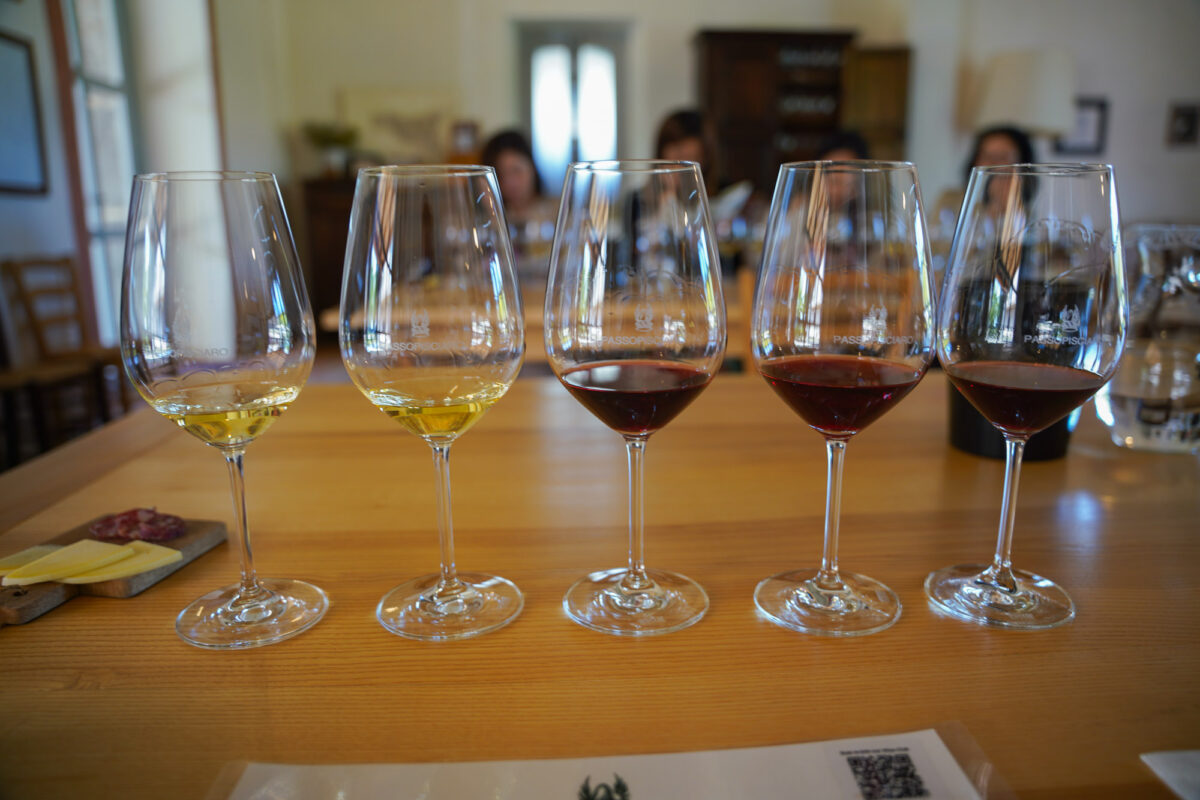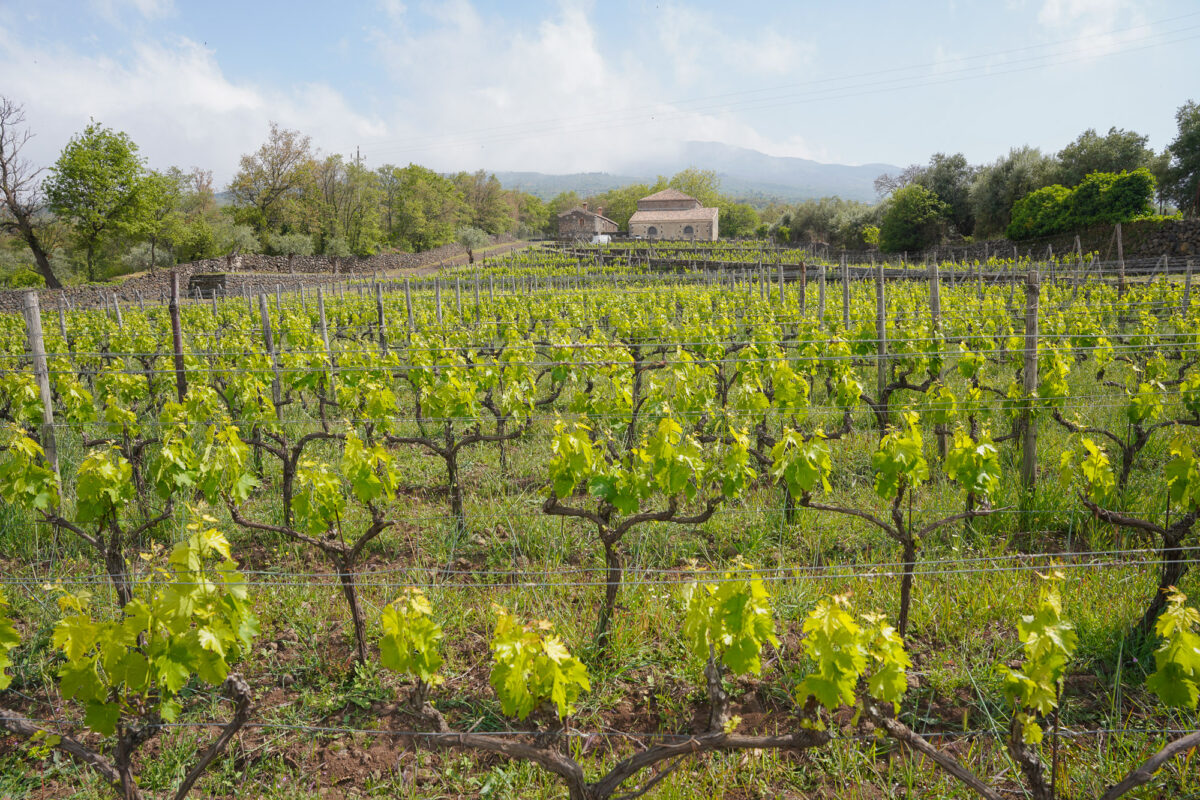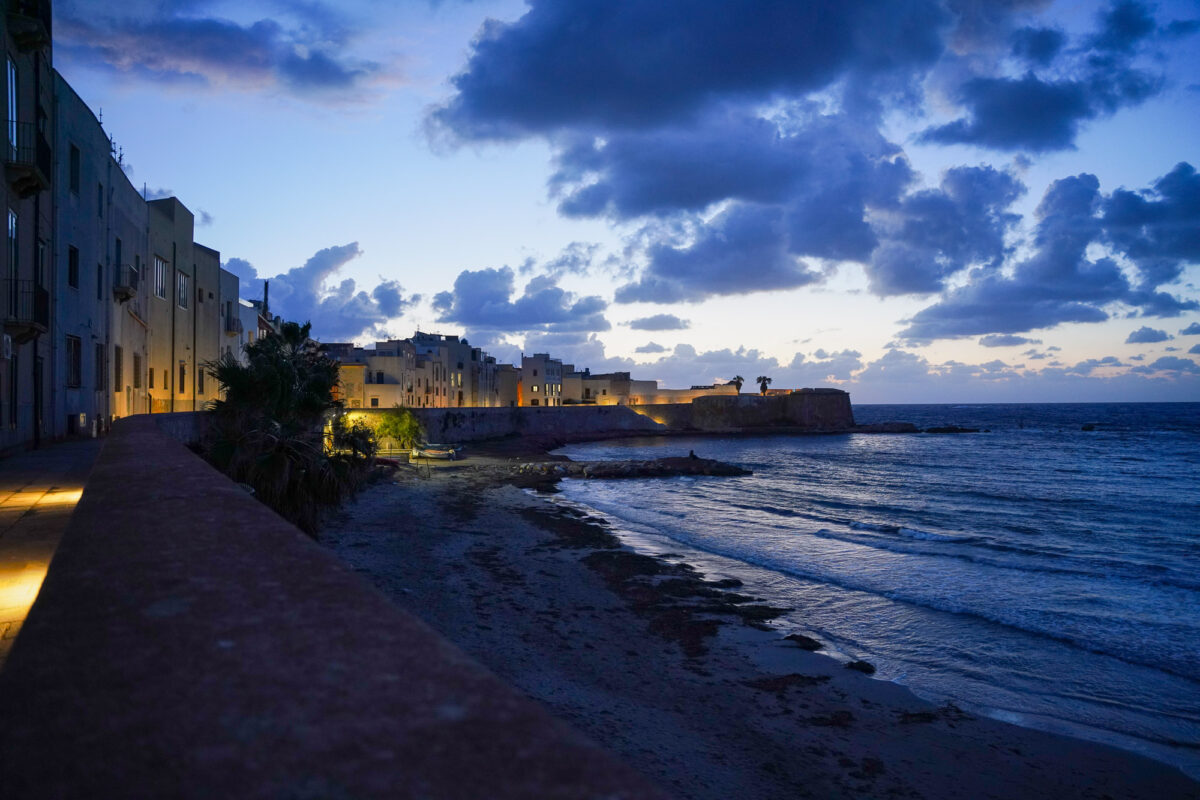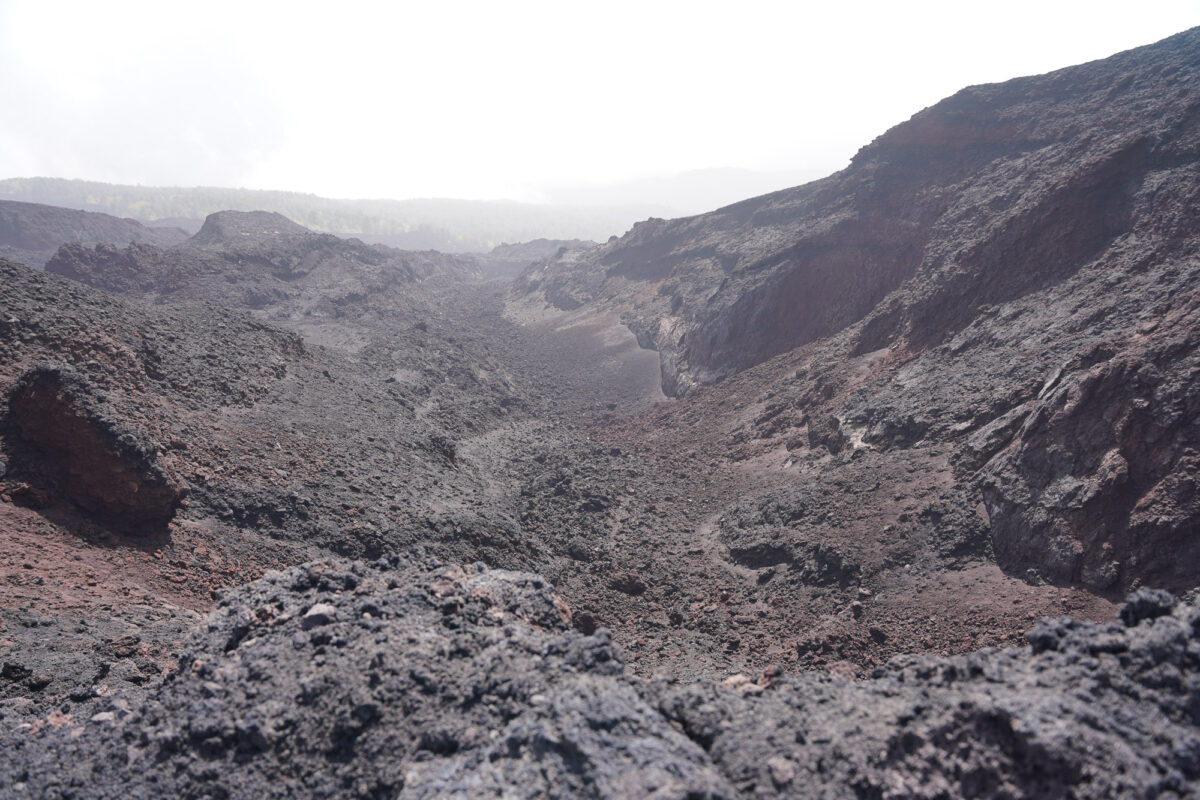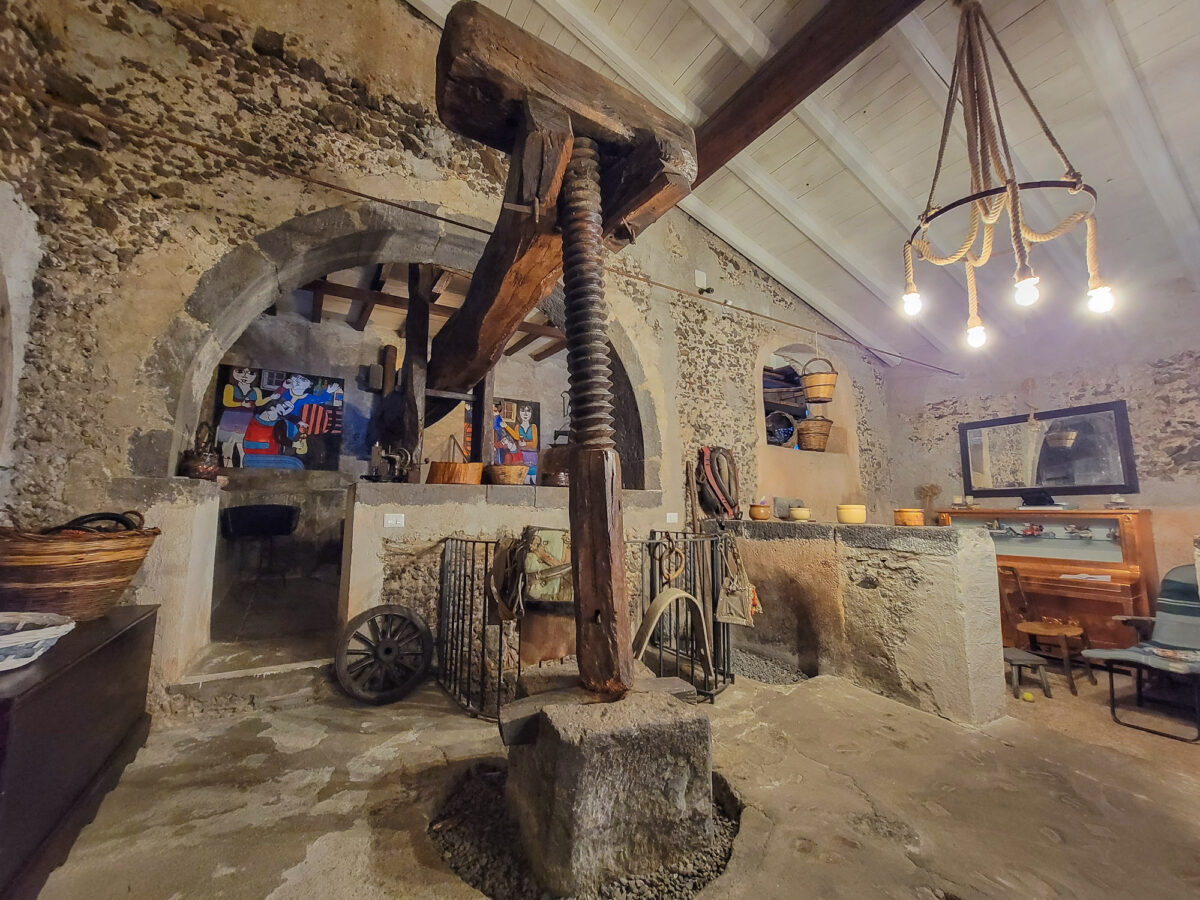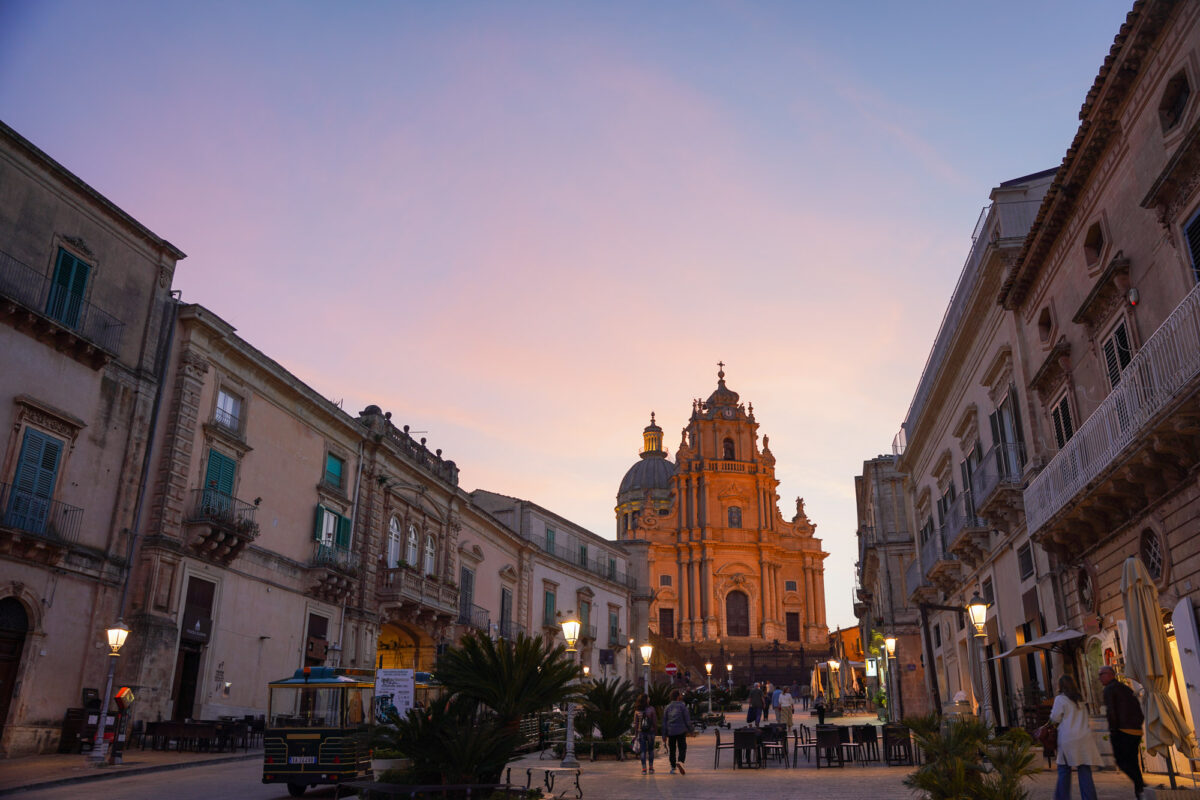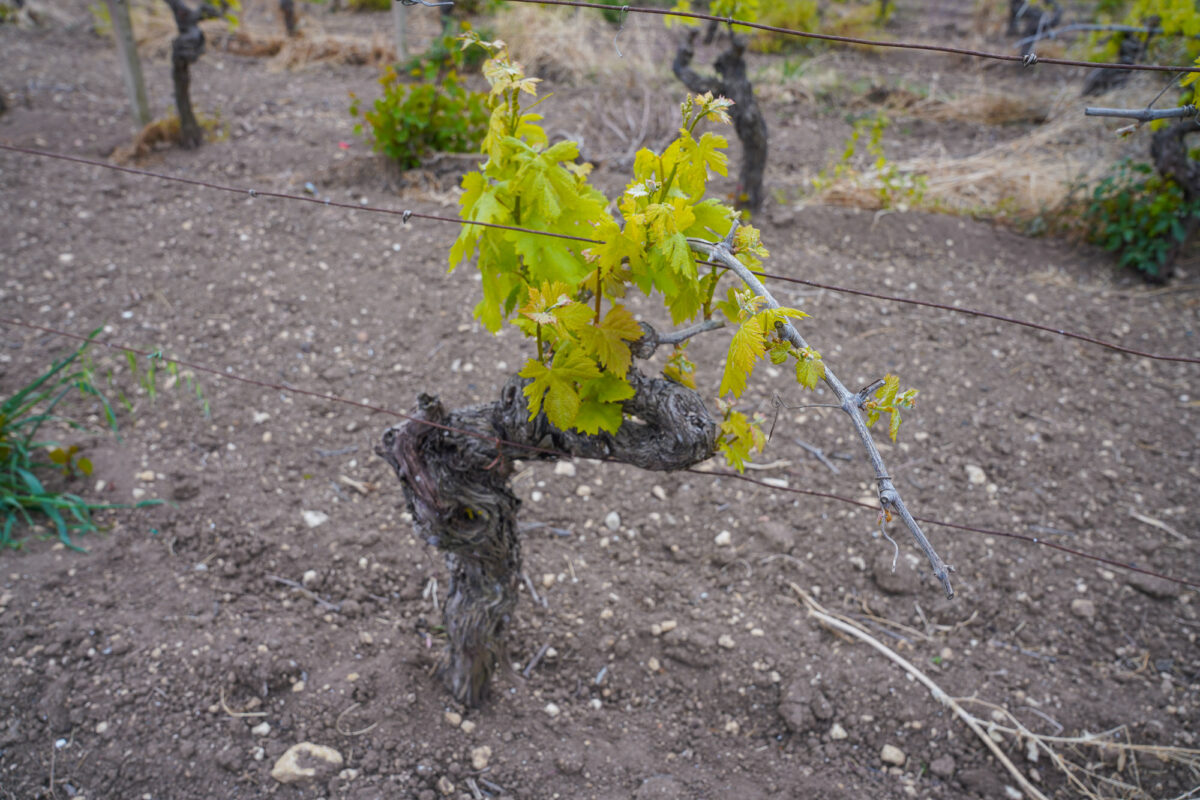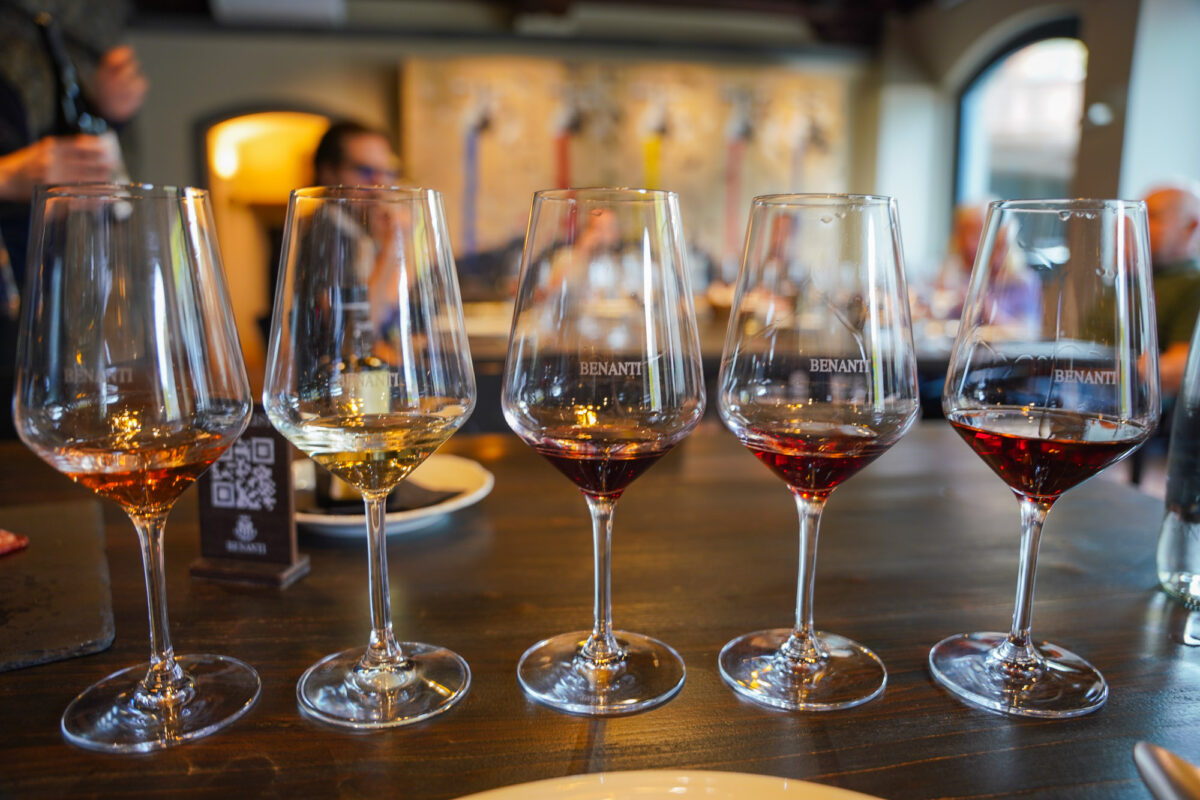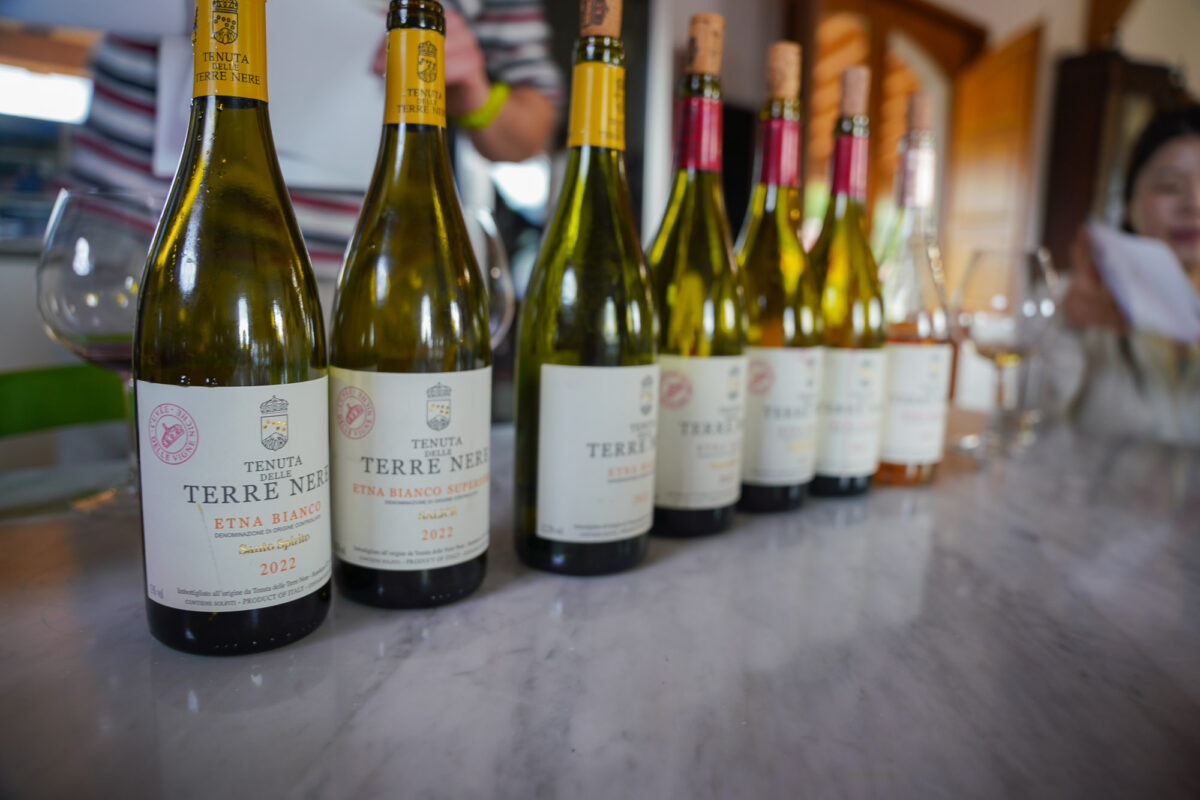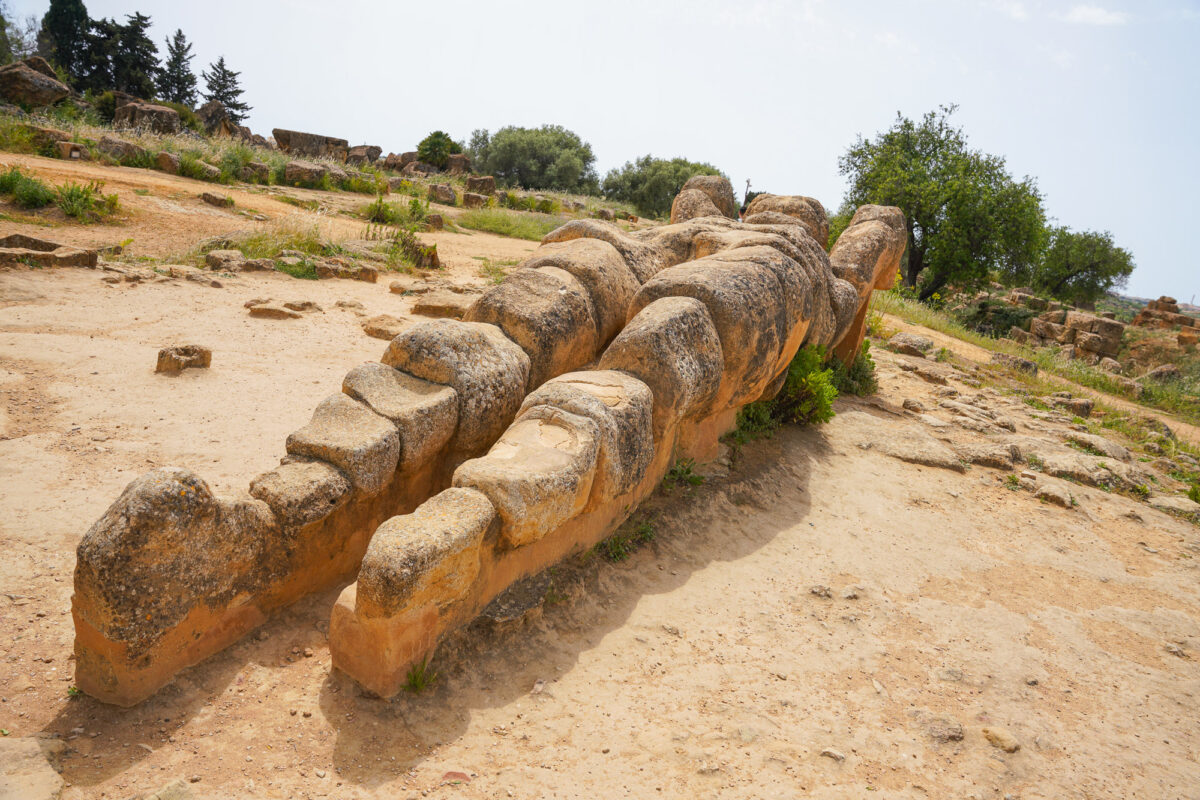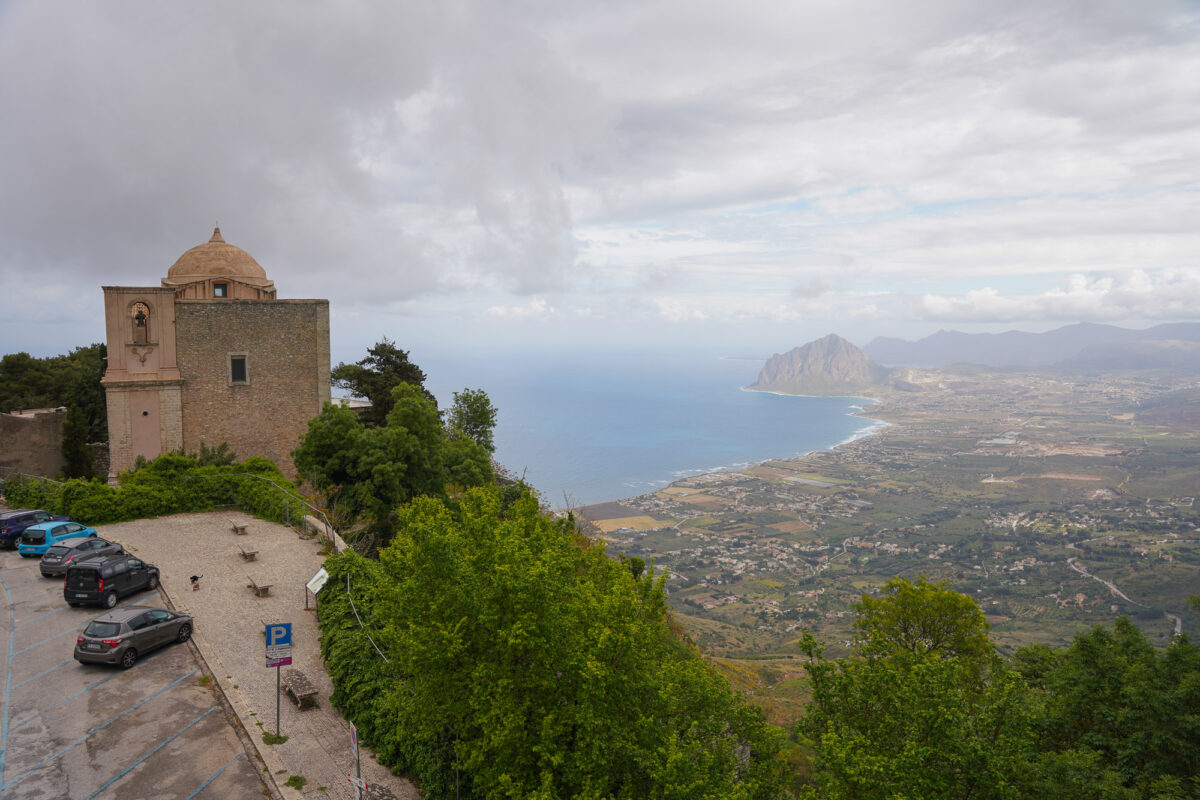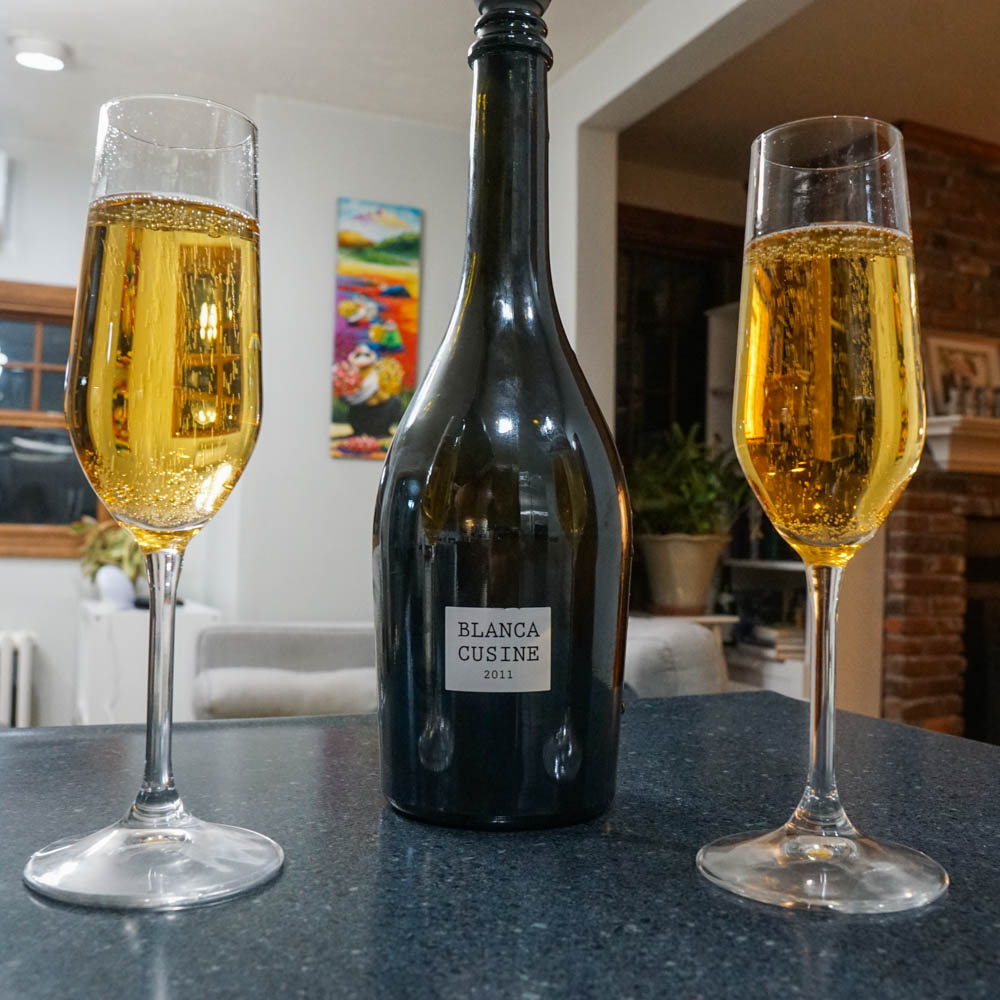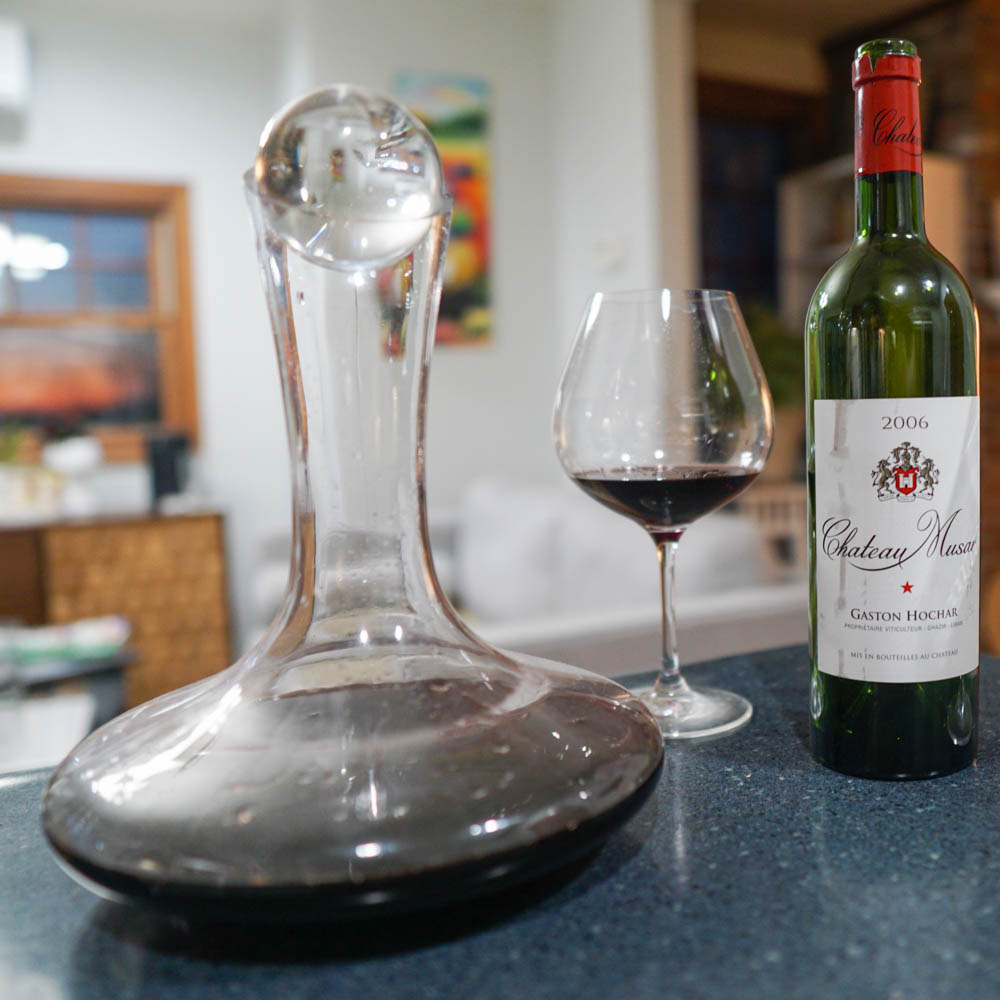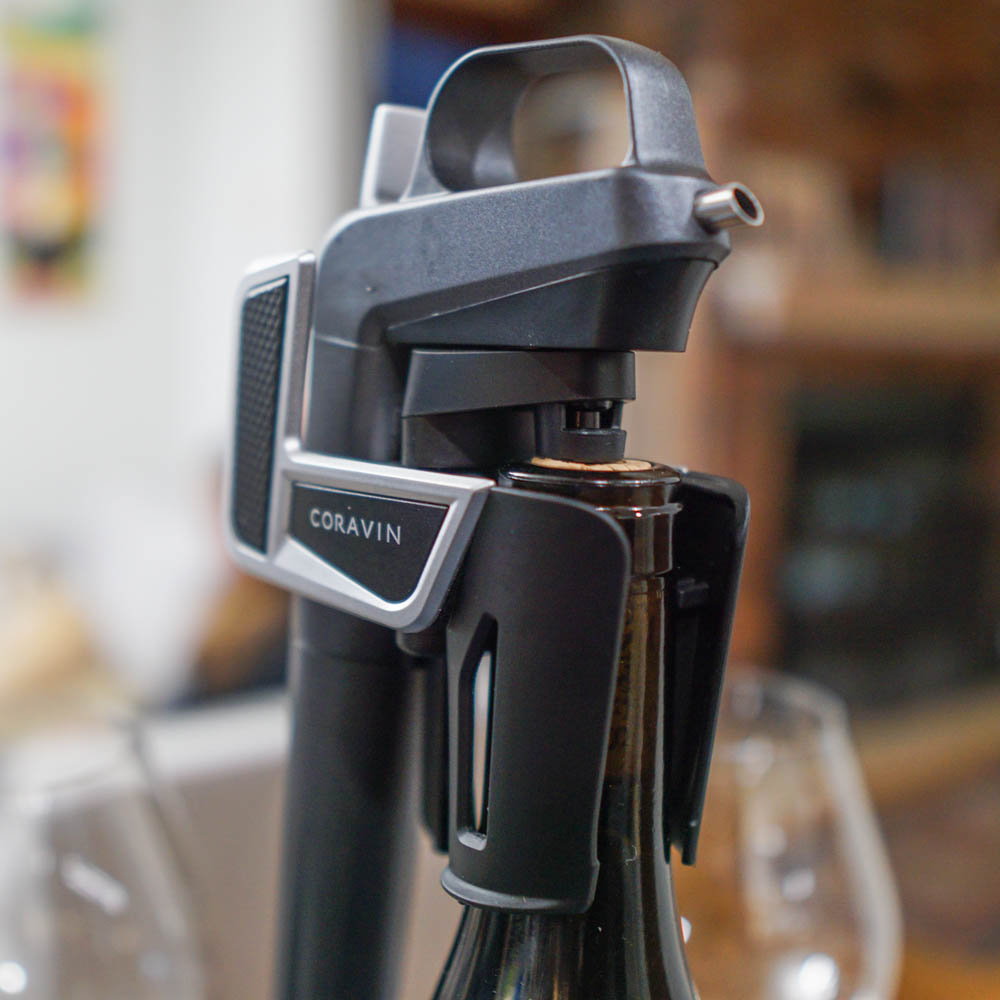Published by Jeremy.
Disclaimers: We use demographic data, email opt-ins, display advertising, and affiliate links to operate this site. Please review our Terms and Conditions for more information. This website is intended for those of legal drinking age in your jurisdiction.
There really is something special about Sicily. This Italian island in the Mediterranean has just about everything- beautiful landscapes, incredible food, and, of course, even better wine.
It is because of this (and more) that Sicily draws us back again and again. I've visited the country on immersive visits twice, and am already planning a third because no matter how much time you spend on the island, it never seems to be enough.
So let's dive down into how to plan a trip for wine tasting in Sicily- what you can try, where you should go, where you should stay, and what else there is to do outside of tasting wine!
Get ahead of booking to ensure you have a great time!
Top Experiences and Tours 🍇
- Etna Tour With Wine from Taormina
- Western Sicily Wine Tour
- Or if you want a tour with history, take a Tour of Agrigento from Palermo!
Book a Room in Sicily's Wine Regions 🏨
- Etna: Hotels | Apartments
- Vittoria: Hotels | Apartments
- Marsala: Hotels | Apartments
A road trip is a great way to go wine tasting! 🚗 Find deals on a rental cars here.
Sicily Wine Regions and Styles
Sicily is a volcanic island located south of Italy and north of Africa. It is so close to Africa, in fact, that you can sometimes see Tunisia from the top of Erice on a clear day (or so we were told- it was hazy during our visit). As such, the weather conditions and unique soil come together to make Sicily an ideal wine producer across the entire island.
Arguably, the two most famous regions in Sicily are Mount Etna, home to Etna DOC, and Vittoria, home to Cerasuolo di Vittoria DOCG (the island's only DOCG, although Etna is likely to get an upgrade soon). Southwestern Italy is also home to Marsala, famed for the production of fortified wines under the same name amongst many other still wines, and the islands in the Aeolian chain plus nearby Pantelleria are known for modest wine production as well- the latter is known for making a dessert wine passito-style out of Zibibbo grapes (Muscat of Alexandria).
Suffice it to say, this all comes together to mean you have a lot of wine to try when exploring Sicily, and if you want to see them all, you'll want to rent a car and explore!
Around Etna, the primary grapes you'll find are Nerello Mascalese and Carricante, the dominant grapes in Etna DOC wines, plus smaller holdings of Nerello Capuccio, Nero d'Avola, and other popular vinifera brought over from the mainland. Both grapes are known for their robust intensity, with Nerello Mascalese having strong tannins and floral notes that are not unlike a Barolo in many respects (albeit, perhaps, a bit lighter).
- For the highest quality wines, seek out single Contrada bottles that showcase the terror of specific plots on the volcano. Some premium vineyards offer focused Contrada tasting flights that we would highly recommend trying at least once.
In Vittoria, the two most produced grapes are Nero d'Avola and Frappato. Cerasuolo di Vittoria DOCG allows for blends of these and can be some of the most elegant wines found in all of Sicily. A good Frappato with a nice hit of stewed strawberry flavors is always a treat not to miss!
In Marsala, you have the fortified varieties of the same name that run the spectrum from dry to sweet, young to aged, plus a plethora of other indigenous grapes like Grillo, Perricone, Catarratto, Inzolia, Nero d'Avola, and more. Likewise, many producers in the Marsala area seem to have connections to the vineyards on Pantelleria, so we often found the largest holdings of passito-style wines here, too.
This all comes together to showcase the robustness of Sicily's wine scene. Hitting just one region will only give you a limited glimpse into the island's grapes, and those who are especially into wine should plan to hit these three regions for the most robust experience.
When to Visit Sicily?
Being in the Mediterranean Sea, Sicily has pretty mild winters and hot summers. The mistral blows from the northwest, bringing in windy conditions and rains to the western regions. The sirocco blows from Africa to the south and brings warm, dry air. And, of course, the elevation of Mount Etna causes a rapid drop in temperatures where you may even see snow at higher elevations in the winter!
As such, the weather is variable not only seasonally but also depending on which side of the island you visit. We went from chilly and rainy Trapani to hot and arid Agrigento to snow-capped Etna, all in the span of about three days during our late April visit.
Still, there are a few key details to note that affect the island as a whole. Winters can be quite chilly, often to the tune of 50-60 °F, if not lower. Summers can be hot, 70-90°F, and October to March often coincides with the most amount of rain overall (capping out at just a few inches, with the west often receiving more than elsewhere).
For those who are visiting for wine tourism, the biggest issue you may want to consider is that some wineries only offer tastings seasonally (May-October), and others may have special considerations to keep in mind during harvest time (around September but vary by region). Before booking a trip, it may be worthwhile to check if any wineries have closings around these times, as there can always be periodic closures here or there.
Likewise, it is worth noting to plan for more time in wine regions than you may think in Sicily. In our experience, most wineries only offered one, if not max two tastings per day, often at the same times as their neighbors, so loading up a schedule of tastings can be quite tricky- especially as the wine regions can be quite sprawling (it takes 90 minutes to drive around from northern Etna to southern, for example). And, for those who want to explore more premium tours, some of these may only be offered just one day a week, too!
As such, planning an itinerary for wine tasting in Sicily has a number of considerations. While we could justify going at any time of year, if you can make it from May to October, you'll likely have the best time!
- It is also worth noting that Etna is an active volcano and erupts with limited advanced warning. While you are likely safe during eruptions as they are often quite minor, air travel out of Catania can be impacted due to smoke. As such, we recommend flying into Palermo if you can on the off-chance that there is an eruption. That said, I've flown into Catania before and would do so again if the price was right.
Planning Where to Stay in Sicily
Although it may look small, Sicily is anything but.
If you were to travel along the coasts, this triangle-shaped island measures about 170 miles by 170 miles by 110 miles. Throw on the fact that major highways are limited (running north-south on the east coast, and cutting northwest out of Catania, primarily), and you may be covering some decent distances at a bit more leisurely pace.
We discuss where to stay in Sicily on our travel blog more, and it is honestly a question of duration. At under five days, odds are good you may want to stick to one corner of the island (e.g. Etna only, Catania only, Palermo only). At seven to ten days, you may be able to explore more (a mix of two or three areas, for example). At two weeks or more, you can hit all corners pretty easily with only a few long driving days plus also some time to explore nearby islands.
The tricky part for those visiting for wine is that the three major regions, Etna, Marsala, and Vittoria, are on opposite sides of the island (Etna in the northeast, Vittoria in the southeast/central, and Marsala in the southwest). They are anywhere between two to four hours away from each other by car– not quite reachable by a day trip, but doable with a long drive over the course of a day with additional overnights required.
Throw on that most wineries may only offer one, if not two, tastings on any given day (seemingly all at the same times as each other), and you will have to plan for more time staying in each destination accordingly- and that is before adding on time in the many wonderful non-wine cities and towns to round out the trip.
So, where should you stay?
For those hitting Etna for wine tasting, we really enjoyed staying near Passopisciaro at an agriturismo simply because we were 10-20 minutes away from most wineries on the northern slopes of the volcano. Many agriturismo properties offer many food and wine opportunities in-house as well, and we had some of the best multi-course meals at the property we stayed at. (Check out some great rental options here.)
For those checking out wineries outside of Marsala, you can either stay in Marsala proper (book hotels | apartments) or if you're okay with a bit of a drive, we enjoyed our time in the smaller town of Trapani (book hotels | apartments), about 45 minutes to the north that is also the gateway to Favignana island via ferry- great for a day trip or overnight. A bit of a drive to hit a wine tasting, we'll admit, but if you have to double up and plan to do some sightseeing in addition to wine tasting and don't have more time, it is a lovely town.
For those exploring Vittoria, perhaps a base in Ragusa could make for an interesting option for a hilltop experience, and is arguably our favorite town in Sicily, albeit perhaps a decent drive away from many wineries compared to other towns mentioned above (book hotels | apartments). If visiting here, just be sure to check with any hotel you book about ZTL parking options as the historic old town center can be restricted to some car traffic at certain times of year.
Of course, there is so much non-wine enjoyment to be had in Sicily, so other destinations like Palermo, Catania, Taormina, Noto, Syracuse, Cefalu, Erice, Agrigento, and even the islands nearby (Aeolian, Favignana, or Pantelleria) should be on your radar to complete your experience in Sicily. While many of these are not in wine regions proper, it is Sicily- there is incredible wine everywhere!
Driving in Sicily vs. Sicily Wine Tours
We have to admit that unless you're on a multi-day guided tour or only in a single city for a limited number of days (e.g., three days in Taormina only), the best way to explore Sicily is via a rental car.
This is especially true in all of the wine regions, as many of the top producers are located a fair distance away from major towns- Marsala excluded. As such, tours do exist departing major towns (particularly Taormina going to Mount Etna), but often only hit one winery while coupling another experience together for a full day trip (say, hiking on the volcano). You may get to try out one winery, but a full wine experience is often limited without driving.
Admittedly, driving in Sicily does come with some risks, but is worth it to open up the entire island for exploring.
While we have a full article about tips and advice for driving in Sicily on our travel blog, the biggest issues you'll experience, apart from semi-aggressive drivers, are rural roads in the wine regions and ZTL zones in the major towns and cities.
ZTL Zones are limited traffic areas designed to help lower congestion. These are found all over Italy, and Sicily is no exception. While the historic small towns are pretty easy to get around, as there are often parking lots or garages just outside the ZTL zones with very obvious signage, the major cities can be an issue. You will need to be aware of where to park or if your hotel can provide a pass to let you drive within the ZTL zone proper. (We do not recommend the latter- driving in ZTL areas is chaotic because of how many drivers there are. In Palermo, for example, its better to just park at the train station and walk in.)
The rural roads near the wine regions are perhaps the biggest concern when driving in Sicily, particularly because programs like Google Maps do not seem very familiar with lesser traveled back roads. You may be heading down a decently traveled back road and come across a recommendation where you can turn off to a smaller road to save a minute or two. In many of these cases when we did this, we found ourselves on unserviced roads that got narrow, bumpy, had trees growing out of it, and, in some cases, abruptly ended without warning.
A few of these were quite far down, and backtracking added a great deal of time to our journey.
This can be avoided, especially in the Etna region, simply by plotting out your course in advance and sticking to “main” roads wherever possible. Unless you have to take a narrow-looking road to reach your final destination in the last little bit, which does happen, stick to the bigger road and deal with it being a few minutes longer- especially if you have an appointment to make.
Beyond these, we had a somewhat easy time driving in Sicily, and apart from some aggressive drivers (not unlike anywhere else in Italy, at least), we had a great time. But, as always, consider Italy's strict drinking and driving laws (about 0.05% blood alcohol) so always drink responsibly, consider having a designated driver, space out your tastings, pay for premium car insurance just to be safe, and, more importantly, consider spitting if you are the driver.
Wineries in Sicily to Consider
As mentioned previously in this guide, we believe there are three major wine regions on mainland Sicily- Marsala, Vittoria, and Etna. There are, of course, wineries and microclimates found all over the island, and you truly can find gems all over the island no matter where you are- these three are just the most popular for visitors.
Likewise, the nearby Aeolian Islands and Pantelleria, technically also part of Sicily, are known for producing wine- particularly the passito style of dessert wine made from Zibibbo on Pantelleria. That said, our research into wineries here is limited as we have not visited yet.
As with all our wine guides, the following is a selection of wineries in Sicily we would consider visiting as the result of our research- aggregating consumer wine reviews, features in notable wine communities and outlets, and more. It is not a selection of wineries we've personally visited (primarily because we simply do not have the time on any given trip to hit them all). For those, click the previous link!
Note: Some wineries own vineyards in multiple areas of Sicily (e.g., Donnafugata, Planeta, etc.). We only are listing one location of these below.
Etna
- Benanti – One of our favorite all-around tours with great wine
- Calabretta
- Campore
- Gambino Vini
- Girolama Russo
- Passopisciaro
- Tasca d'Almerita – One of our favorite winemakers in Etna
- Vino di Anna
- Tenuta Terre Nere
Vittoria
- Occhipinto – One of our favorite winemakers in Vittoria (we unfortunately did not visit)
- COS
- Planeta – Several locations in Sicily
Marsala
- Baglio Baiata Alagna
- Cantine Florio
- Cantine Pellegrino
- Marco De Bartoli
- Morgante
- Donnafugata – Several locations in Sicily, one of our favorite producers of Passito wine from Pantelleria
- Martinez
- Baglio Oro
Wineries Outside of Major Regions
- Santa Anastasia
- Tenuta Regaleali
- Alessandro Viola
- Bio Fattoria Augustali
- Cusumano
- Quattrocieli
- Duca di Salaparuta
- Fuedo Montoni
- Azienda Agricola Serragghia – Pantelleria
- Azienda Vinicola Minardi – Pantelleria
Buying and Shipping Wine in Sicily
When it comes to buying, and more importantly, shipping wine from Sicily, there are a number of things you may want to consider.
First, and perhaps most importantly, is that many producers (especially higher-end ones) have strong distribution in the EU and the United States. When visiting any given winery, you may want to cross reference availability and prices with online stores like Wine.com or any stores in your local area with online lists as we were shocked at just how many bottles we wanted to buy were available at home and for similar prices. As such, we were strategic in shopping buying bottles we otherwise couldn't find or afford at home.
Second, most wineries do have options to ship directly to your home in the USA; however, we found most had prices on the order of 100 Euro or more for three to six bottles, and this option became cost-prohibitive rather quickly. That said, some wineries also had their distributor lists available in the USA and could arrange local orders directly. These often were at elevated bottle prices (as bulk shipping to the USA was priced in), but then came out at much more reasonable shipping fees as they were already stateside.
Third, and the option we almost always pursue, is picking up a box with protective inserts to check as extra luggage. On British Airways, which we flew on our way home, an extra bag fee was just $90, and we were allowed 12 bottles for less than the cost of most wineries' prices for three. That said, finding protective boxes in Sicily is a bit of a challenge. Mail Boxes Etc. stores often did have inserts styrofoam inserts, but we struggled to find appropriately sized boxes (we did this on our wine tour in Piedmont, too, albeit with less issue). That said, we found a friendly winery that would sell us boxes at cost, which made their way home just fine. Throw on Wine Skins for extra bottles in our suitcase, and we managed to bring home just over 30 bottles without issue.
But after all that effort, we almost couldn't bring our wine home with us when flying British Airways out of Palermo, and this story is worth sharing as the last option always comes with a bit of a risk.
More or less, the check-in agent saw we had a box provided by a winery (with very obvious wine symbols and language on the side) and told us we could not fly with wine as luggage (and that we also couldn't fly with boxes as it was “cargo”). BA's official policy at the time of our flight was anything less than 24% ABV has no restrictions (i.e. you can take as much as you want), and we did not see anywhere about a box being “cargo”. But the gate agent's printed policy in front of her only had the details for alcohol between 24%-70%, where you can only take 5L on the plane, and she decided that it applied to all wine under 24%, too.
It took a lot of back and forth, plus everyone present calling BA independently and us opening the boxes to show the ABV of most of the bottles, before someone on the other side of the phone gave approval at the very last second before check-in closed- all because the printed policy they had did not show what the rules were for alcohol < 24%. Yes, it was as crazy as it sounds. And yes, showing them the policy on the website wasn't good enough until a manager's manager told them the same thing.
This was an issue we have never faced anywhere in Europe, even when flying on BA elsewhere (we brought home two cases of beer in boxes from Amsterdam no issue), so it is something to keep in mind- it seemed like the employees in Palermo had never seen anyone take wine through let alone in boxes like we did. As such, be prepared to have your airline's policies ready to go with you just in case.
- Note: For those who like to shop for wine to take home, be sure to pick up bottles from producers either directly at the wineries or, in some cases, in the closest towns nearby (e.g. Ragusa had a lovely assortment of wines from Vittoria and Palermo, on the other side of the island, had shockingly few options). We missed out on picking up some extra bottles simply because we passed on a chance to buy when we really should not have.
Non-Wine Activities in Sicily
We have mentioned a few times in this guide that Sicily as a destination offers far more than its wine regions. In fact, we hope that you are already planning to do more non-wine activities in Sicily than wine proper because there really is that much to do here.
But, much like choosing where to stay and what wine regions to visit, the accessibility to each really depends on how much time you have and if you can explore any given side of the island.
So, what are some of our favorite activities?
In the Etna region, we cannot overstate going hiking on Mount Etna or even taking an organized tour towards the summit of the volcano. From there, the hilltop town of Taormina is a popular one for visitors for its views, historic buildings, ancient ampitheater with Etna views, and one of the best granita shops in all of Sicily, Bam Bar (it is worth any wait it may have).
In the Vittoria region, old towns are the name of the game. The hilltop town of Ragusa, architecture-rich Noto, and the seaside town of Syracuse are each easily enjoyed in a half-day visit, which could extend to a full day or longer, depending on your interests. After visiting all three, we personally gravitate to the old town of Ragusa for its hilltop charm, but you really can't go wrong with one, two, or all three if you're able.
If your travels take you along the southern coast, a stop at the Greek ruins at the Valley of the Temples is one of the most impressive archaeological sites not only in Sicily but all of Italy, and the natural rock formation The Stair of the Turks is only a few minutes away and worth a stop for the seaside views, too.
- In recent years, summer droughts have made staying overnight in Agrigento tricky due to water shortages and rationing within the local community. We recommend either driving in on a day trip (staying elsewhere) or taking a day tour from Palermo or elsewhere nearby if you do not have a car to be safe.
In the northwest, Trapani is home to many of Sicily's most famous local cuisines (Couscous alla Trapanese is a must), and is an easy access point for day trips to the island of Favignana, a ride up the cable car to the hilltop town of Erice (eat the Genovese while you're there, too!), or to go hiking at the nearby Zingaro Reserve.
For those who have even more time, perhaps consider island hopping in the Aeolian Islands or take a short flight over to Pantelleria (admittedly, we'd go here for the passito wine more than anything) and, of course, for city experiences, it is hard to beat a stop in Palermo or Catania depending on what airport you fly into- even if just for a day to see the city. Just be sure to watch out for the ZTL zones if driving!
Truly, Sicily is one of those places where every given town has something interesting, and if it strikes your fancy, plan some time to stop and enjoy it. The real limit here is, once again, how much time you have!
Do you have any tips for taking a Sicily wine tour? Comment below to share!
Upgrade Your Home Wine Bar
Need to upgrade your wine bar? Grab some new wine accessories:


